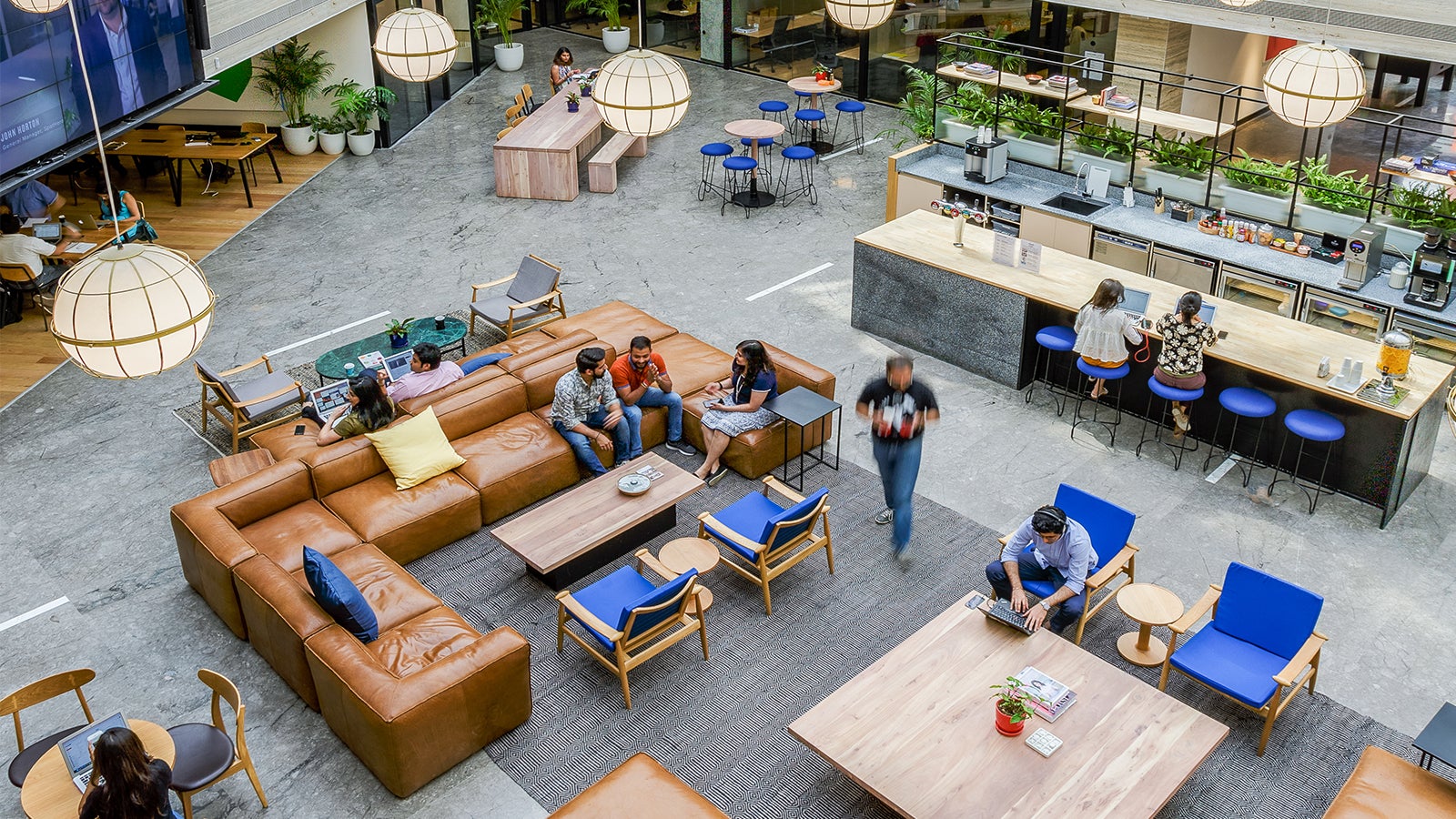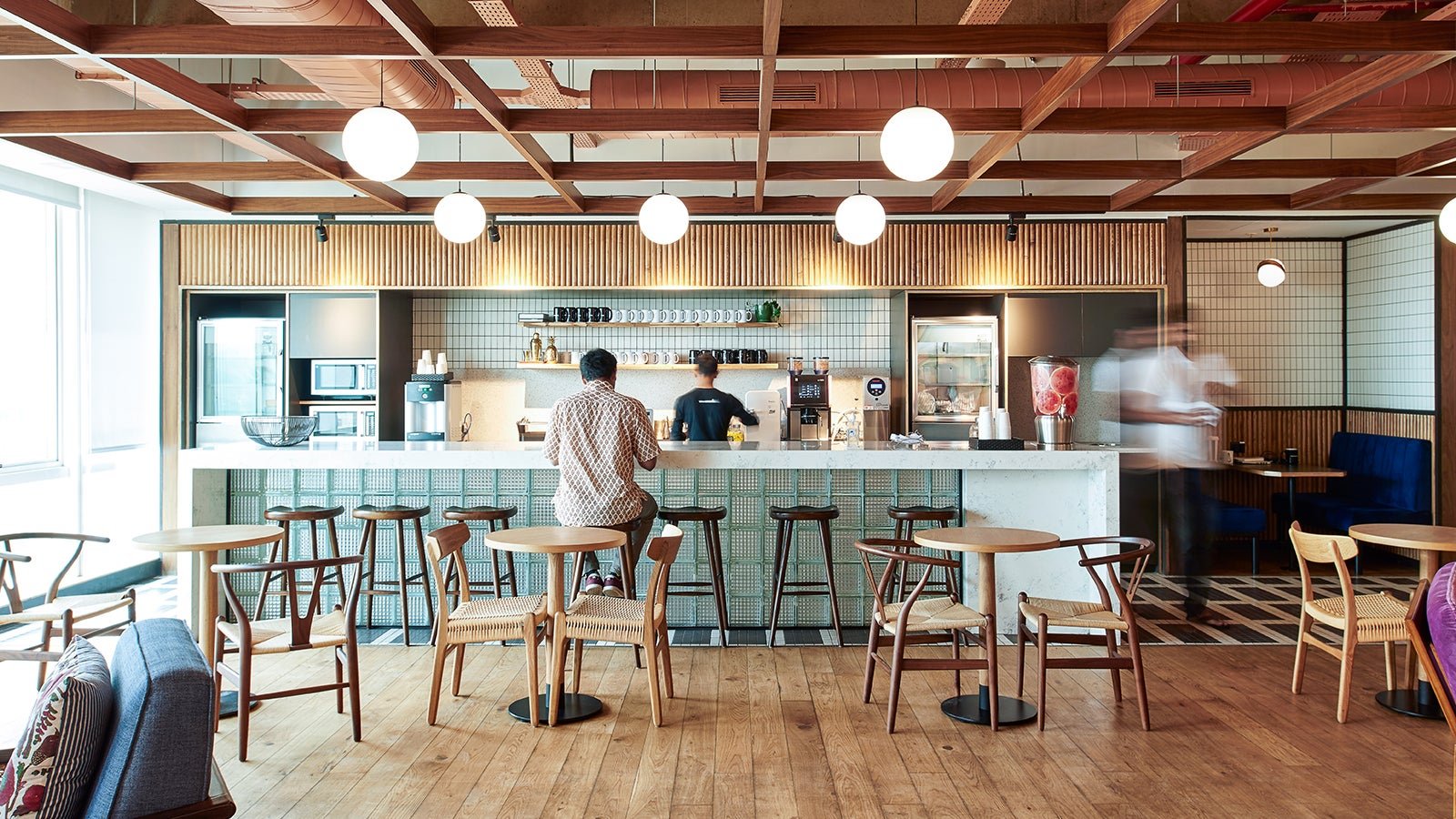Offices can learn a lot from the co-working phenomenon
It’s no surprise that the environment you work in has an effect on productivity. Decades worth of research supports the theory, confirming what office workers have always known – rows of cluttered desks, cramped tables, and AC that’s always turned on too high aren’t helping at all. Luckily, businesses are now starting to take note. Work Design Magazine’s 2018 list of workplace trends focuses heavily on how offices can achieve a balance between their physical, cultural, and technological environments, ensuring people are more productive and happier at work.


It’s no surprise that the environment you work in has an effect on productivity. Decades worth of research supports the theory, confirming what office workers have always known – rows of cluttered desks, cramped tables, and AC that’s always turned on too high aren’t helping at all. Luckily, businesses are now starting to take note. Work Design Magazine’s 2018 list of workplace trends focuses heavily on how offices can achieve a balance between their physical, cultural, and technological environments, ensuring people are more productive and happier at work.
For starters, workplace design should focus on providing optimum functional value. As such, collaborative spaces, “resimercial” design – the concept of using living room-like furniture in a commercial setting, hot desking, satellite offices and height-adjustable workstations have become some of the most popular trends in recent years. Secondly, technology has become an important tool for networking and collaboration. Trends also predict that workplaces will incorporate AI virtual assistants, and productivity and sharing apps for a smoother work experience in the coming years.
Good workplace design can lead to a healthier social environment if done right. Collaborative spaces, for example, are perfect for forming alliances with potential clients, suppliers, and business partners. In India – the third largest start-up base in the world – collaborative spaces have become popular in metropolitan cities. The reduced upfront costs and overhead expenses of the collaborative space make it an attractive option for lone freelancers, small teams, regular offices, and cash-strapped start-ups. An example of a fast-growing network of collaborative spaces in India is WeWork, which has already amassed a member base of over 10,000 across Mumbai, Delhi and Bengaluru.
WeWork offers more than just the inherent benefits of working in a collaborative space. Its goal is to help professionals make a life, not just a living. To achieve this, it creates thoughtfully designed workspaces that prioritize natural light, comfort, and inspiration, offering a mix of both private enclosures and open spaces. It also tackles the pain points associated with many offices, such as reliable Internet, multifunction printers, and on-site support staff. This approach is paying off, with an average reduction of 25-50% in annual operating costs for offices.
More than just design, the company consciously chose to be conducive to community-building and collaboration. Every WeWork office space has a dedicated team responsible for fostering an inclusive environment through events that range from networking to wellness workshops. In addition, every member is connected to its global network of professionals via an app, helping to create connections regardless of geography.

This tech-focused approach is also being used to make design choices. Using insights on how people work, collected over the years, WeWork are able to make design decisions that foster networking and collaboration. Now it is channelling these insights into what it calls SaaS – or “space as a service.”
By using spatial analysis to chart the usage of rooms that don’t usually have full occupancy – meeting rooms, conference rooms etc. – they are helping enterprises understand how their office is being used and how to cut down on any extraneous space, reducing operating costs.
For larger enterprises, WeWork also offers custom buildouts, based on the insight that businesses would like to really be agile and unburdened by the weight of ownership. These buildouts address specific business needs – be they generic conference rooms or niche brainstorming areas and even recording studios. Enterprises get to outsource all decisions, from choosing a place to office décor to operations, freeing them to focus on what really matters.
To find out more about WeWork’s enterprise solutions, click here.